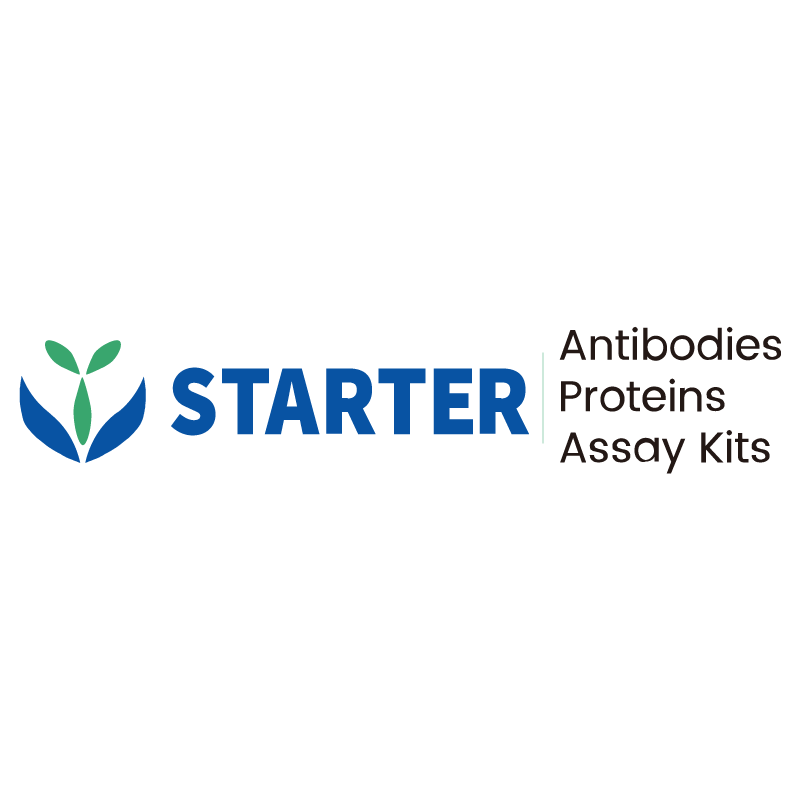2μg(R: reducing conditions)
Product Details
Product Details
Product Specification
| Species | Human |
| Synonyms | Cadherin EGF LAG seven-pass G-type receptor 3, Cadherin family member 11, Epidermal growth factor-like protein 1 (EGF-like protein 1), Flamingo homolog 1 (hFmi1), Multiple epidermal growth factor-like domains protein 2 (Multiple EGF-like domains protein 2), CDHF11, EGFL1, FMI1, KIAA0812, MEGF2 |
| Accession | Q9NYQ7 |
| Amino Acid Sequence | Protein sequence (Q9NYQ7, Arg71-His180, with C-His tag) REDGGPGLGVREPIFVGLRGRRQSARNSRGPPEQPNEELGIEHGVQPLGSRERETGQGPGSVLYWRPEVSSCGRTGPLQRGSLSPGALSSGVPGSGNSSPLPSDFLIRHH |
| Expression System | HEK293 |
| Molecular Weight | Predicted MW: 13.3 kDa Observed MW: 17 kDa |
| Purity | >95% by SDS-PAGE |
| Endotoxin | <0.1EU/μg |
| Conjugation | Unconjugated |
| Tag | with C-His tag |
| Physical Appearance | Lyophilized Powder |
| Storage Buffer | Lyophilized from a 0.2 μm filtered solution of 0.2M PBS, pH7.4. |
| Reconstitution | Reconstitute no more than 1 mg/mL according to the size in deionized water after rapid centrifugation. |
| Stability & Storage | 12 months from date of receipt, -20 to -70 °C as supplied. |
Background
Cadherin EGF LAG seven-pass G-type receptor 3 is a member of the flamingo subfamily, part of the cadherin superfamily. The flamingo subfamily consists of nonclassic-type cadherins; a subpopulation that does not interact with catenins. The flamingo cadherins are located at the plasma membrane and have nine cadherin domains, seven epidermal growth factor-like repeats and two laminin A G-type repeats in their ectodomain. They also have seven transmembrane domains, a characteristic unique to this subfamily. It is postulated that these proteins are receptors involved in contact-mediated communication, with cadherin domains acting as homophilic binding regions and the EGF-like domains involved in cell adhesion and receptor-ligand interactions.
Picture
Picture
SDS-PAGE


